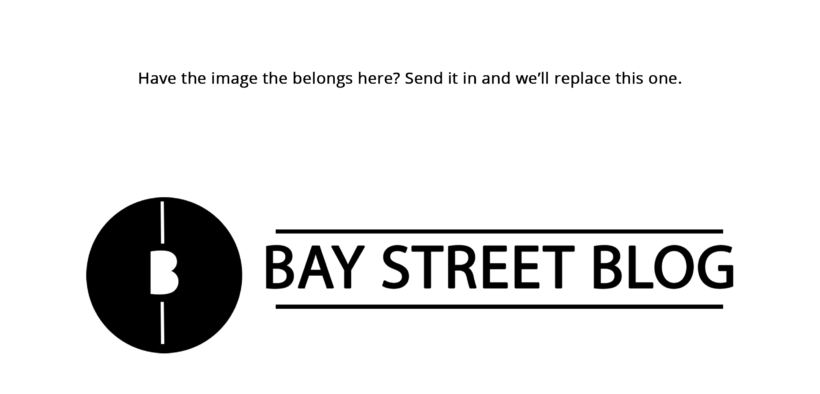4 Billion People Without Internet!
Share

Industrial Revolution began in 1760s – 1870, this phase concluded with a slowdown in macro-inventions (inventions which are game changers, like micro-chips). Second Industrial Revolution occurred in between 1870 – 1914, it was a phase of rapid industrialization since it focused more on the development of manufacturing and production technology (more macro inventions). One of the primary byproducts of the industrial revolution is this new wave of globalization.
Internet’s Importance Realized
Globalization is best described by Charles Hill, an author of International Business: Competing in the Global Market Place, as “the shift towards a more integrated and interdependent world economy”. Fast-forward to late 19th and early 20th century, globalization of industries has greatly escalated owing to the advancement of information and communication technology. This has caused unprecedented changes in the way how international trade used to be, consequently boosting the world GDP from about $30 trillion in 1990 to $77.86 trillion in 2014 (a whopping 159.5% increase).
As everything Internet knocks, this development is marked by the imprint of the globalization makeup. Internet is really the backbone of this knowledge economy. This new wave of globalization is fueled by the power of internet, which is transforming almost all outlooks of life from business transaction to communication. It is estimated that long-run productivity could increase by as much as 25%, just via integrating internet networking in the economy. But, this transformational effect of globalization is only, if not mostly, experienced by countries which have an established Internet network. Unfortunately, many developing countries, like India, lack the infrastructure to provide internet access to the majority of its population, therefore limiting themselves from the benefits of globalization.
Analyzing this map (Fig 2) tells us that most of the fruits of globalization are picked by not only the most developed and powerful countries but also the ones which are embracing the operational efficiencies enhanced by internet networks.

Figure 2 World GDP Source
One of the Vital Problems of Poverty
Observe this trend (Figure 3). What can you see? I see a rectangle in between the blue (world population) and orange (people with Internet access) line. It almost seems like these two lines are running parallel to each other. Which is a bad thing. Very bad thing.
The world’s population have increased exponentially, by more than 100%, since the late 1950s to 2014. Currently, there are 7.3 billion people in the world and only 3.2 billion people have access to the internet. In 2014, 86% of the United States population was connected to the internet, while 81% of India’s population had no access to the internet at all. This is a very upsetting finding since India stands to be the 2nd most populous country in the world, having 1.2 billion people but only 240 million people are benefiting from the World Wide Web.

Figure 4 List of Countries by Internet Usage (2014) Source
It is quite easy for those of us with internet access to take it for granted. Simply put, internet helps connecting people which will translate into some profound benefits, like getting access to new jobs, opportunities and ideas, getting closer to people we care about, and receive education, health care and emergency services.
Connectivity cannot remain a privilege for the rich and powerful. Developing countries, who are facing difficulty financing or planning their internet network infrastructure should receive the support they need to connect globally.
How to Make a Big Leap Forward
Embracing the internet globally is the correct answer. But then we have an economic challenge.
Even though the service charges for having internet connectivity is declining in this era of globalization, it is still not enough to satisfy the 2.5 billion people who are living on less than $3 per day. The infrastructure operators of the internet have to build-out costs around tens of billions of dollars per year, so if mobile operators lowered their prices, it will not be a sustainable approach as the benefits of Internet access are a long-term one.
“Connecting people all around the world” must be something Mark Zuckerberg, founder and CEO of Facebook, got used to reminiscing. In fact, that is his company’s mission statement. When companies like Facebook really mean it when they state their mission statement, this behavior attracts loyal customers (users in Facebook’s case).
Internet.org, launched by Mark Zuckerberg, is an international partnership between Facebook and six big companies (Samsung, Ericsson, Opera Software, MediaTek, Qualcomm and Nokia). Its sole purpose is to bring Internet connection to developing countries like India. The good news is that, through an estimate, 80 to 90 percent of the world population resides in regions covered by some sort of cellular network. And the rest 10-20% lives in areas for economic restrictions also apply but the primary obstacle is the lack of basic network infrastructure.
Ultimate Solution
Facebook, along with the help of those six companies, is establishing new technologies to tackle the various network and infrastructure concerns in the developing countries. The company’s Connectivity Lab is planning on operating unmanned aerial drones (high-altitude solar powered aircrafts) which broadcast a powerful signal that covers a city-sized area of territory. And these drones are expected to stay aloft for months or even years, they are described to be that efficient. Read more about “Connecting the World from the Sky”
Newer satellites and radios are in the works as well in order to have options available while Internet.org expands its operations in more developing countries. Although deploying Facebook’s unmanned aircraft seems to be the most efficient way of providing connectivity, but there are various limitations with the use of Internet-carrying drones, including airspace regulations. A solution for this could be to partner with Alphabet’s Google X facility and incorporate their part of the innovation called “Project Loon.” Project Loon is basically the same idea but its method of providing internet to everyone is different yet quite interesting and another story. But, Google X has more experience in the field of airspace and so its expertise will serve as a great asset for Internet.org. Thus, enabling the process of providing internet access to developing countries much faster.
Conclusion
Having built a knowledge economy is the absolute key to a sustainable future, and substantial amount of global GDP. Expanding internet access could potentially create 140 million new jobs, lift 160 million people out of poverty (income of average $5 per day), and reduce child mortality by hundreds of thousands of lives. As Facebook states, “Connectivity isn’t an end in itself, but it’s a powerful tool for change” and hopefully we will be able to see this happen (Figure 6):
Writer: Hamza Hasnain
Disclaimer: All investing can potentially be risky. Investing or borrowing can lead into financial losses. All content on Bay Street Blog are solely for educational purposes. All other information are obtained from credible and authoritative references. Bay Street Blog is not responsible for any financial losses from the information provided. When investing or borrowing, always consult with an industry professional.









Bay Street Blog Newsletter
Click here to subscribe for a financial savvy experience.
Please check your email to confirm subscription!